Is there a wrong way to talk about climate change? – Grist Magazine

In a provocative new book, Genevieve Guenther argues that too many conversations are happening on the fossil fuel industry’s terms….
Photos: Beryl makes landfall on Texas coast as Category 1 storm – the Washington Post
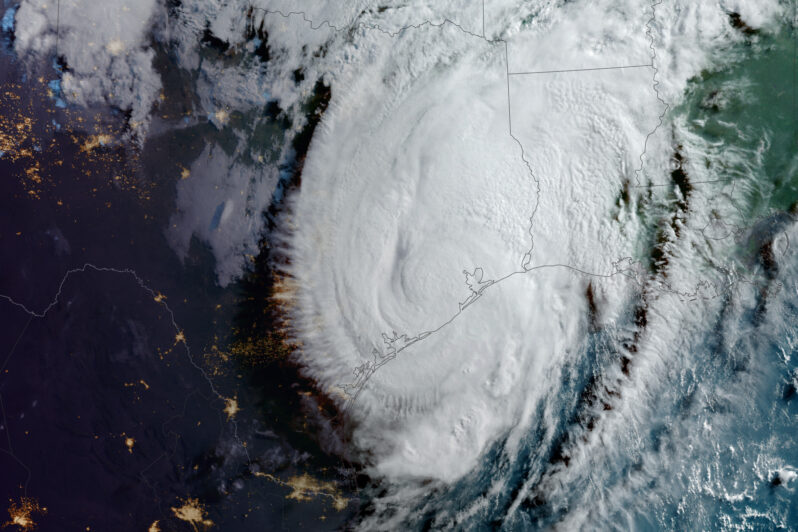
Hurricane Beryl headed to Texas after hitting Mexico and leaving a trail of destruction across the eastern Caribbean…
Controversial Punalu‘u project on Big Island set back as contested case moves ahead – Kaua’i Now
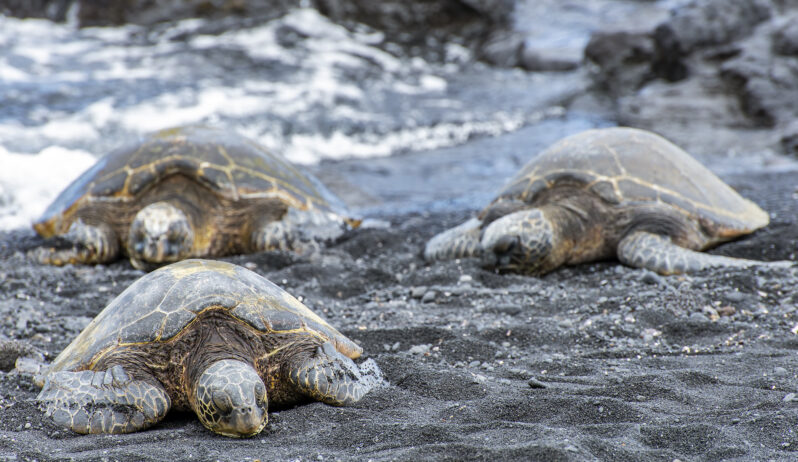
The developer of a controversial proposed Ka‘ū residential and commercial community on the Big Island will have to wait to find out if it will be approved for a special management area use permit to move forward with project — or if it will be considered at all — following a special meeting Monday of the Hawai‘i County Windward Planning Commission in Hilo…
Washed Away – AARP
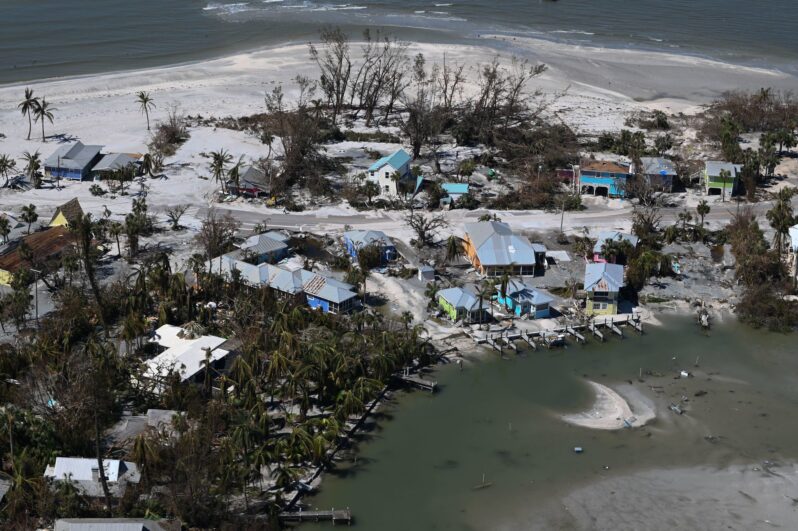
As more older Americans move to the coasts, rising seas are wiping out their homes — and retirement dreams…
How this summer’s brutal hurricanes might one day save lives – Grist Magazine
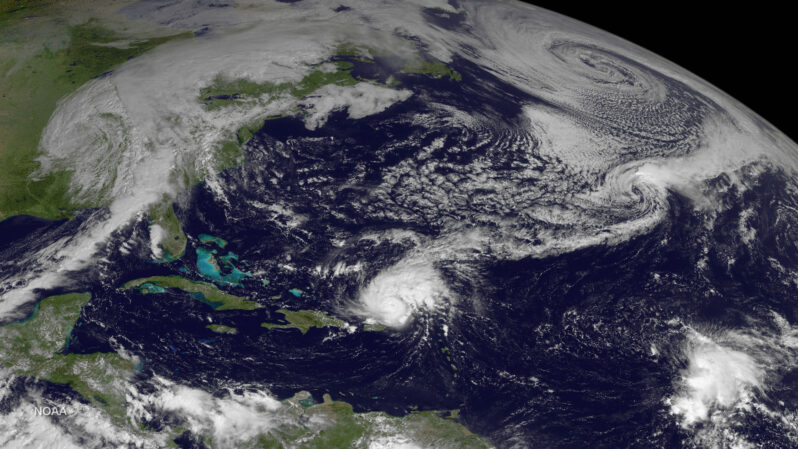
Cyclones aren’t just made of wind and rain — they’re full of data. That’ll help researchers improve the forecasts that determine whom to evacuate…
This Isn’t Your Grandparents’ Summer Heat – Scientific American

The face of summer is transforming, as people today face more frequent, longer-lasting and hotter heat waves than they did several decades ago…
Louisiana’s coast is sinking. Advocates say the governor is undermining efforts to save it – the Washington Times
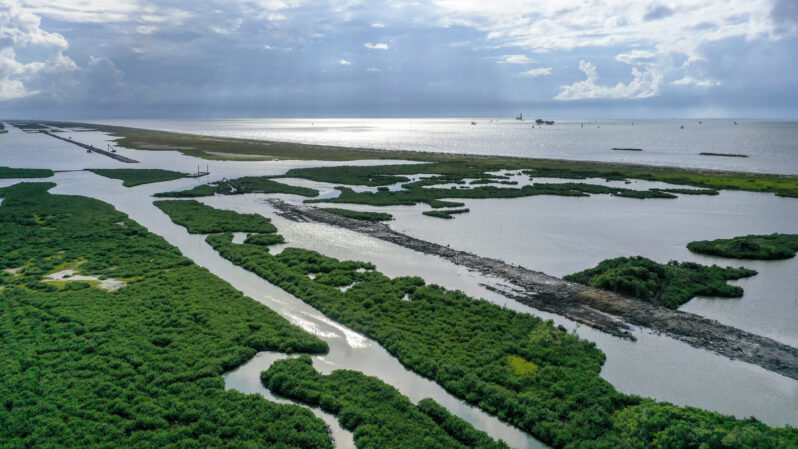
A new Republican governor is taking aim at the state’s coastal protection agency…
A Hidden Threat – the Washington Times
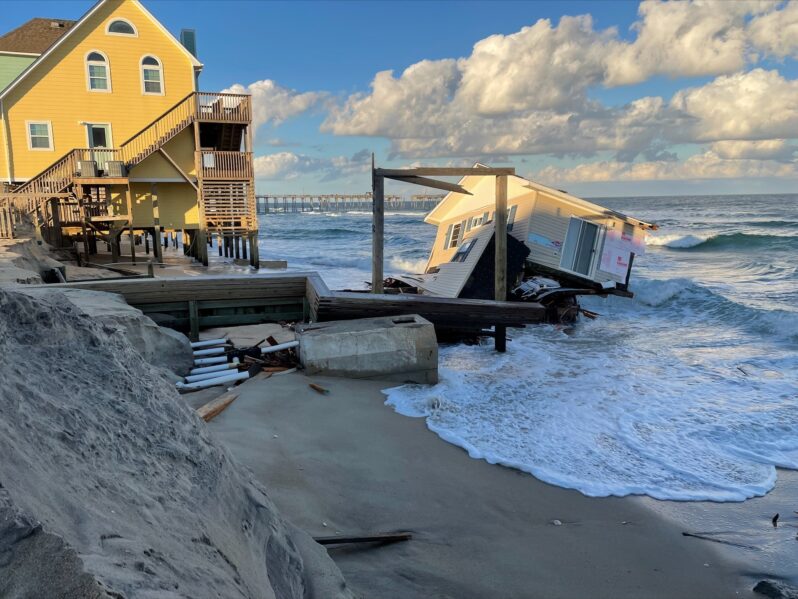
Fast-rising seas could swamp septic systems in parts of the South…
Emerging La Niña could play major role in this year’s hurricane season – the San Francisco Chronicle

On Thursday, the National Oceanic Atmospheric Administration released its 2024 hurricane season outlook. The agency predicts an active season in the Atlantic hurricane region, with its most aggressive May forecast on record. The Atlantic hurricane region includes the north Atlantic Ocean, Caribbean Sea and Gulf of Mexico….
